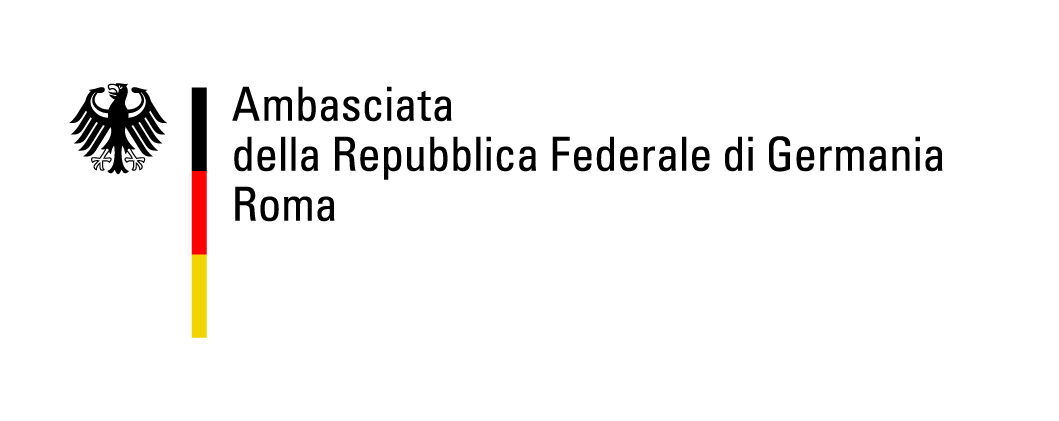FROM
PRISON
TO THE CAMPS:
THE STORIES
PRISON
TO THE CAMPS:
THE STORIES
FROM
PRISON
TO THE CAMPS:
THE STORIES
PRISON
TO THE CAMPS:
THE STORIES
FROM
PRISON
TO THE CAMPS:
THE STORIES
PRISON
TO THE CAMPS:
THE STORIES
Political deportation and Jewish deportation
During the period of World War II, a systematic and massive practice of deporting human beings to concentration facilities developed in the European territories occupied by the Axis forces. This process, orchestrated by the Third Reich, represented one of humanity’s greatest tragedies, characterized by violence, oppression and dehumanization.
The phenomenon of deportation can be understood through a clear division into two main categories: Jewish deportation and political deportation.
Jewish Deportation
The deportation of Jews began in 1938 and reached dramatic proportions beginning in 1941. This form of deportation was based on an ideological view that regarded Jews as having an “unchangeable ontological quality.” For the Nazi regime, being Jewish was not a choice or behavior, but an existential condition that made them subject to persecution and extermination. Jews were deported mainly to Vernichtungslager, extermination camps specially designed for physical elimination, such as Auschwitz and Treblinka.
More than 8,000 Jews were deported from Italy, of whom 6806 have been identified to date (3202 women; 3598 men; 6 unknown)
Political deportation
Political deportation, which began as early as 1933, focused on political opponents, dissidents, nonconformists, and, more generally, anyone perceived as a threat to the Nazi regime. In this case, deportees were persecuted for what they did or what they were supposed to do. The main camps for political deportees were the Konzentrationslager, or concentration camps such as Dachau and Mauthausen, where prisoners were subjected to forced labor, punishment, and inhumane living conditions.
There were 23,826 politicians deported from Italy (22,204 men and 1,514 women) Main Lagers where Italians were deported:
-
Dachau
-
Mauthausen
-
Buchenwald
-
Flossenbürg
-
Auschwitz
-
Ravensbrück (mostly women).
-
Dora-Mittelbau
-
Other camps: include Natzweiler-Struthof, Neuengamme, Sachsenhausen and Grossrosen.
Regional Features
-
Central-Northern Italy: Most of the deportees came from the northern regions, particularly from the Adriatisches Küstenland area (Istrian, Dalmatian, and Slovenian territories).
-
Southern Italy: Despite the rapid liberation of the South in 1943, many southern deportees were soldiers or partisans captured in the North.



